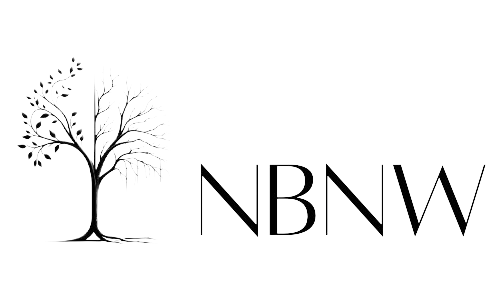,[object Object],’s iconic label, “Designed in California, Assembled in ,[object Object],,” captures a deep interdependence between American innovation and Chinese manufacturing. While ,Apple,’s design and engineering teams operate in the US, about 90% of its iPhones are produced in ,China,, where most components are sourced, assembled, and then shipped worldwide, especially to the US, its biggest market. This setup has allowed ,Apple, to sell over 220 million iPhones annually, leveraging ,China,’s vast manufacturing ecosystem—a network so robust that ,Apple,’s CEO ,[object Object], once called it the most critical supply chain in the world.
The roots of ,Apple,’s reliance on ,China, stretch back to the late 1990s, when the company was struggling and ,China, was opening up to foreign investment. ,Apple, officially established a presence in ,China, in 2001, partnering with ,[object Object], and other suppliers who could rapidly scale operations to meet ,Apple,’s needs. ,China,’s ability to provide a massive, skilled labor force and quickly adapt to engineering changes made it an unmatched location for high-volume, high-precision electronics manufacturing. Over time, ,Apple, helped its Chinese suppliers evolve into world-class manufacturers, further entrenching its supply chain in the region.
Contrary to popular belief, ,Apple,’s decision to manufacture in ,China, is not primarily about cheap labor. Labor costs are a minor factor; the real advantages lie in supplier availability, manufacturing flexibility, and the capacity to ramp up production overnight. No US facility can match ,China,’s scale or the concentration of skilled workers and engineers needed for ,Apple,’s complex devices. The Shenzhen region, in particular, offers unparalleled access to suppliers and logistics, making it the global hub for electronics assembly.
However, this dependency is now a liability. Rising US-,China, tensions, escalating tariffs, and political pressure to “onshore” manufacturing have exposed ,Apple,’s vulnerability. While ,Apple, is exploring alternatives like India, its deep integration with ,China,’s supply chain makes any rapid shift risky and complex, leaving the company stuck between two economic superpowers.


